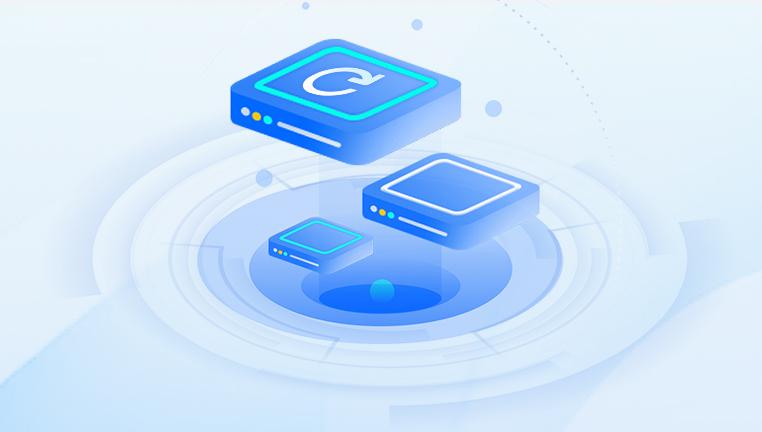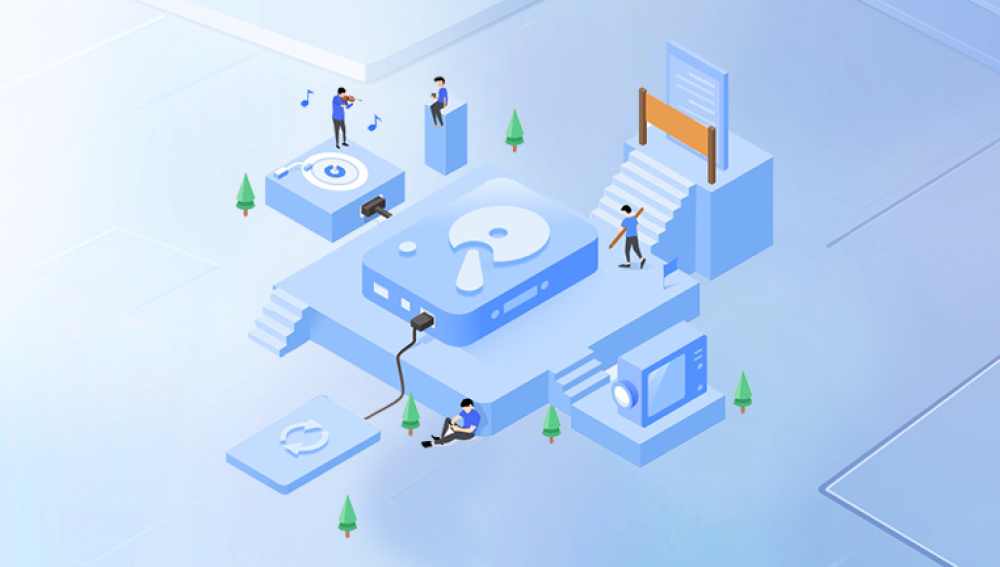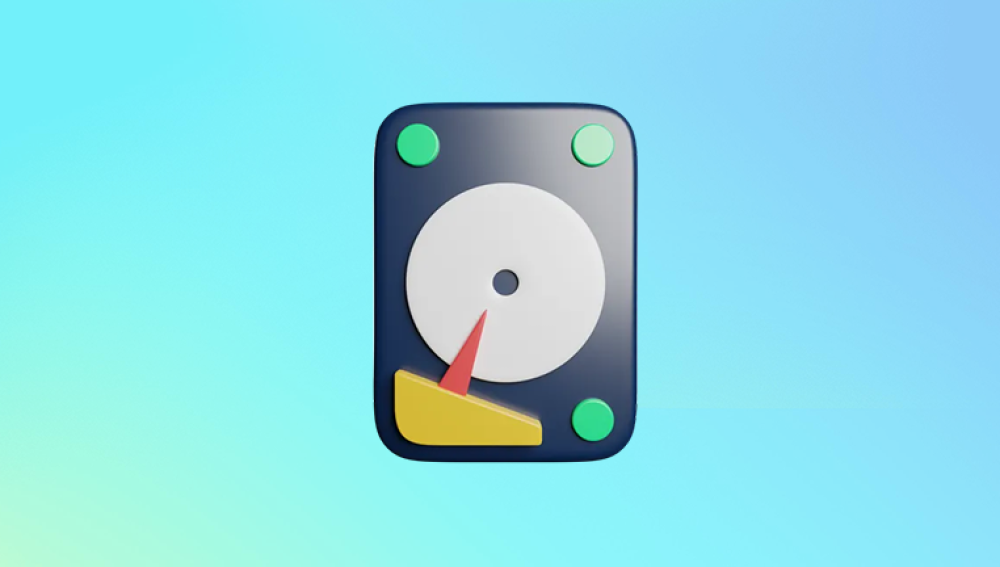I. Portable hard drives
Portable hard drives are widely used to store and transfer large amounts of data. However, they are prone to various problems such as physical damage, logical errors, and software malfunctions. When a portable hard drive malfunctions, it can be a frustrating experience, especially if it contains important data. This article will provide a comprehensive guide on how to repair a portable hard drive, including both software and hardware repair methods.
II. Common Problems with Portable Hard Drives
Physical Damage
External Damage: The portable hard drive may be dropped, bumped, or exposed to extreme temperatures, which can cause physical damage to the casing, circuit board, or the hard drive itself.
Internal Damage: The internal components of the hard drive, such as the spindle motor, read - write heads, or platters, can also be damaged due to mechanical failure or wear and tear.

Logical Errors
File System Corruption: The file system on the portable hard drive can become corrupted due to improper ejection, power outages, or virus infections. This can result in the inability to access or read files on the drive.
Bad Sectors: Over time, some sectors on the hard drive may become unreadable or develop errors, which can lead to data loss or system crashes.
Software and Driver Issues
Outdated or Incompatible Drivers: The drivers for the portable hard drive may be outdated or incompatible with the operating system, causing the drive to not be recognized or function properly.
Software Conflicts: Other software installed on the computer may conflict with the portable hard drive, resulting in errors or malfunctions.
III. Basic Troubleshooting Steps
Check the Connection: Make sure the portable hard drive is properly connected to the computer. Try using a different USB cable or port to rule out any connection issues.
Check the Power Supply: If the portable hard drive requires an external power source, make sure it is plugged in and receiving power. Some portable hard drives may also have a power switch, so check that it is turned on.
Restart the Computer and the Hard Drive: Sometimes, a simple restart of the computer and the portable hard drive can resolve temporary issues. Unplug the hard drive, restart the computer, and then reconnect the hard drive.
Check for Driver Updates: Go to the manufacturer's website and check for the latest drivers for your portable hard drive. Install any available updates to ensure proper compatibility and functionality.
IV. Software - Based Repairs
Disk Check and Repair Tools in Windows
Error - Checking Utility: In Windows, you can use the error - checking utility to scan and repair file system errors on the portable hard drive. Right - click on the drive in "This PC" and select "Properties". Then, go to the "Tools" tab and click on "Check" under "Error - checking".
Disk Defragmenter: Disk defragmentation can help improve the performance of the portable hard drive by rearranging fragmented files. Open the Disk Defragmenter by searching for it in the Start menu. Select the portable hard drive and click on "Analyze" to see if defragmentation is needed. If so, click on "Optimize" to start the process.
Disk Utility in Mac
First Aid: On a Mac, you can use the Disk Utility to repair disk errors. Open Disk Utility (you can find it in the Utilities folder within the Applications folder). Select the portable hard drive in the list on the left and click on the "First Aid" button.
Disk Repair Permissions: You can also use Disk Utility to repair disk permissions. Select the portable hard drive and click on "File" > "Get Info". In the "Sharing & Permissions" section, click on the lock icon to make changes and enter your administrator password. Then, click on the "+" button to add the appropriate user or group and set the permissions.
Using Third - Party Software
Drecov Data Recovery is a useful tool for repairing portable hard drives. First, download and install the software. Connect your malfunctioning portable drive to the computer. Launch Drecov Data Recovery, and it will start scanning the drive. The scan will detect various issues like file system corruption or lost partitions.
During the process, it can identify and attempt to recover lost or inaccessible files. Once the scan is complete, you can preview the recoverable files. Select the ones you want to retrieve and choose a destination on a healthy storage device. Drecov Data Recovery streamlines the repair and data - retrieval process, helping users salvage important data from their troubled portable hard drives.
V. Hardware - Based Repairs
Replacing the Enclosure
If the problem is with the external enclosure of the portable hard drive, you can try replacing it. Open the enclosure carefully (some enclosures may be held together with screws, while others may be snapped together) and remove the internal hard drive. Then, purchase a compatible replacement enclosure and install the hard drive into it.
Replacing the Circuit Board
If the circuit board of the portable hard drive is damaged, it may be possible to replace it. However, this requires some technical skills and knowledge. First, identify the model and make of the hard drive and purchase a compatible circuit board. Then, carefully remove the old circuit board and install the new one, making sure to connect all the cables properly.
Repairing Internal Components
Repairing the internal components of a hard drive, such as the spindle motor or read - write heads, is a very delicate and complex process. It is usually recommended to send the hard drive to a professional data recovery service or a hard drive repair specialist. They have the necessary tools and expertise to perform these repairs without causing further damage to the drive.
VI. Preventive Measures
Proper Handling and Storage
Handle the portable hard drive with care and avoid dropping or bumping it. Store it in a cool, dry place away from heat sources, magnetic fields, and moisture.
Regular Backups
Make regular backups of the data on your portable hard drive to another storage device or cloud storage. This way, if the hard drive fails, you will not lose all your data.
Use of Surge Protectors
Use surge protectors to protect the portable hard drive from power surges and spikes. Connect the hard drive to a surge - protected power outlet to prevent damage to the drive due to electrical fluctuations.
Ejecting the Drive Properly
Always eject the portable hard drive properly before disconnecting it from the computer. On Windows, click on the Safely Remove Hardware icon in the system tray and select the portable hard drive to eject. On a Mac, drag the drive icon to the Trash (which acts as the eject button).




